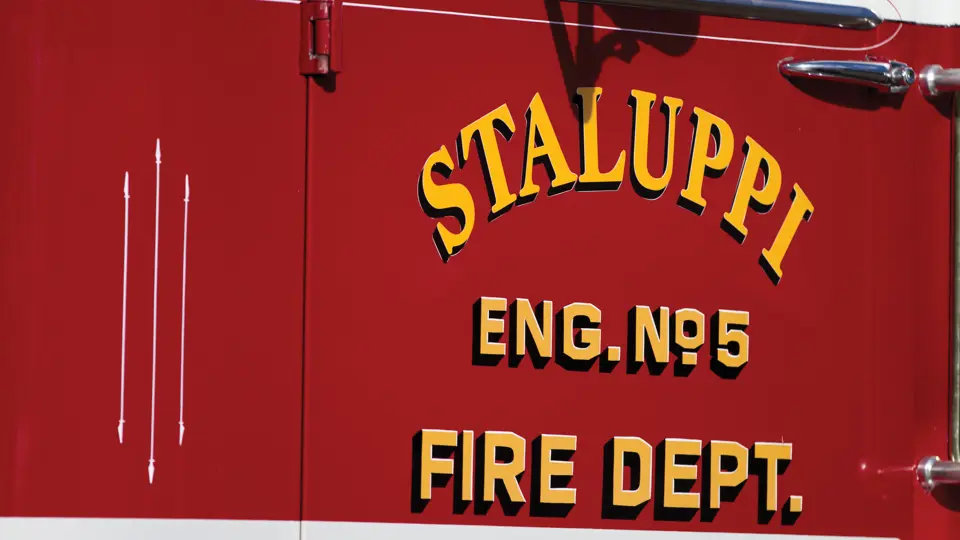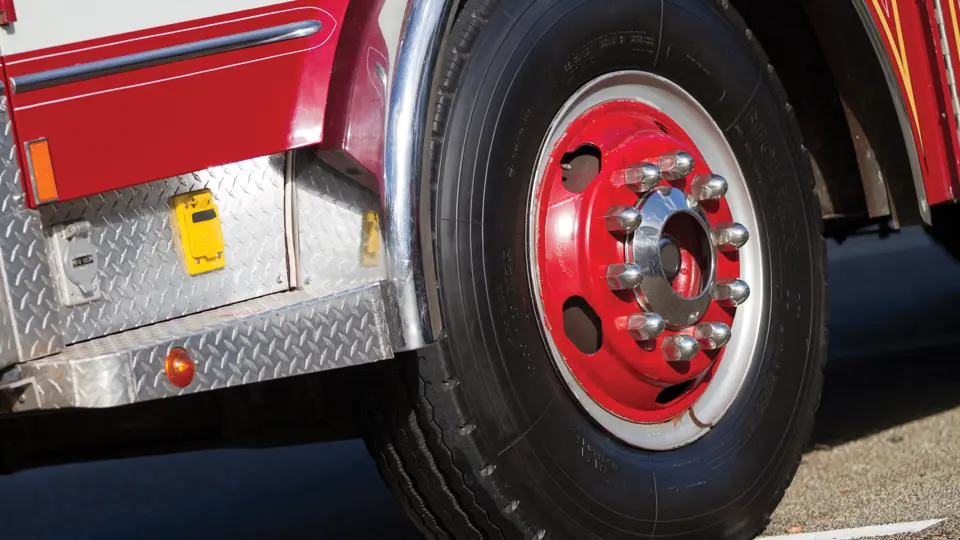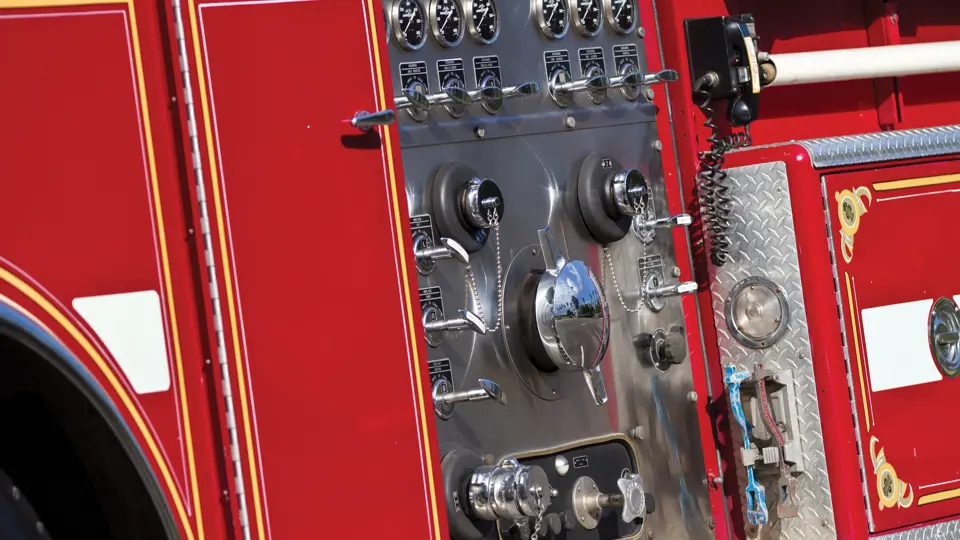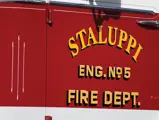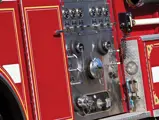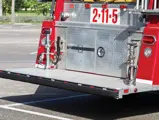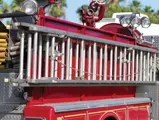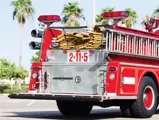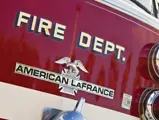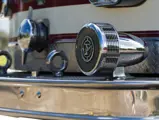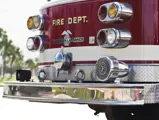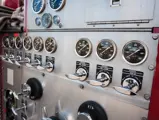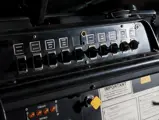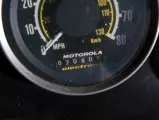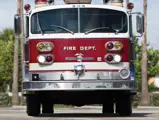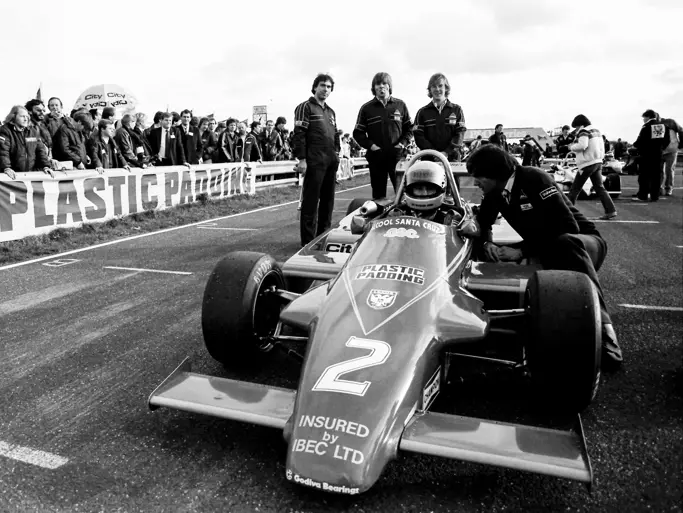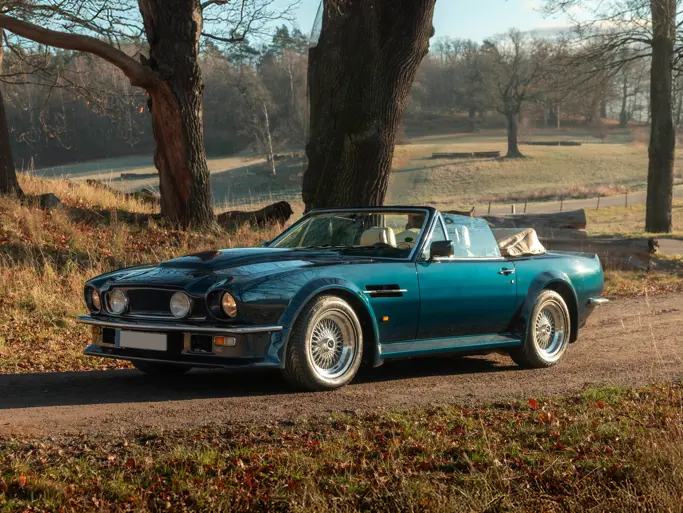Detroit 8V diesel engine, Allison automatic transmission, solid front axle and live rear axle with semi-elliptic leaf springs, and four-wheel air brakes. Wheelbase: 178 in.
In April 2006, Engine Company 2 of the Commack Fire Department on New York’s Long Island took delivery of a new Saulsbury/Spartan engine. At that time, Engine 2-11-5, a 1985 American LaFrance triple combination pumper, was decommissioned. Soon it was on its way to join the Cars of Dreams collection in Florida, driven the entire distance. “2-11-5 will be missed by all,” commented a sorrowful firefighter.
With two decades service in Commack, 2-11-5 came from a proud tradition of fire apparatuses. The American LaFrance Fire Engine Company made its first delivery of motorized equipment in 1910. Seven Type 5 engines were built by the end of the year, the first one delivered to Lenox, Massachusetts at the end of August. It was not, however, American LaFrance’s first self-propelled fire engine.
The genre grew out of the steam pumping engines of the early 19th century. It was inevitable that someone would couple the steam engine of a pumper to propel its wheels. The Amoskeag Manufacturing Company, of Manchester, New Hampshire, began building them commercially in 1867. Some 22 were delivered before the end of the century, mostly to eastern cities.
The LaFrance Fire Engine Company, of Elmira, New York, had been experimenting with automobile fire engines, as they were called, before the merger that created American LaFrance. The first was displayed in January 1903 in New York City, where it was seen by a delegation from Niagara Engine Company No. 1, of New London, Connecticut. The firefighters liked what they saw and ordered what became the LaFrance Type 1, a steam-propelled combination hose and chemical wagon, for delivery that September.
Experiments with self-propulsion continued at what had become American LaFrance. In 1908, they came up with a new T-head gasoline engine, designated Type 5. By January 1910, they were advertising “Motor Apparatus for Fire Departments” Type 5, while Registered Number 1 was delivered to Lenox on August 27th. Thereafter, things moved rapidly, with Registered Number 48 delivered to Waco, Texas by September 1911. By 1913, Type numbers had reached 31, although some tended to remain in production longer than others.
By the early-1920s, the Type 40, 250 gallon-per-minute, four-cylinder pumper had established itself as the light duty engine of choice, and the Type 75, 750 gallon-per-minute six as the workhorse for busy departments. In between was the Type 48, a 75 horsepower, six-cylinder machine with 600 gallon-per-minute pump.
American LaFrance brought out a V-12 engine in 1929, which was shared with Brockway and used in railway applications. Four-wheel brakes were introduced that year; in 1935, the last chain drive model was built. The 1938 Series 500, with streamlined cabs, was far ahead of its time. The now-familiar Series 700 cab-forward design appeared in 1947. This style continued in production through the 1970s.
In 1985, the year this engine was built, American LaFrance was sold to Figgie International Corporation, and then, Freightliner bought the company in 1995 and used the name on various types of apparatuses, some built on Freightliner chassis.
Although not presently in commission for firefighting, Engine 2-11-5 is fully operational and could be placed in service without much effort. It has a 1,500 gallon per minute pump, an Akron water deck gun, and comes with two lengths of six-inch hard suction and two booster reels. The hose bed has a generous assortment of 1-3/4, 2-1/2, and 4-inch hose. Various compartments contain a wide selection of nozzles, spanners, and fittings. The seven-man enclosed cab is air conditioned and is equipped with a Federal Signal siren and public address system. The full array of red emergency lights is intact and operable.
As one can imagine, this engine at full speed is quite a sight, and on a recent test drive, it proved to be the ultimate collector car—no other vehicle is as immediately relevant as an American LaFrance with its sirens, lights, and horns at full volume! Truly, this engine remains in excellent cosmetic condition, which is impressive given the level of service and use required on an annual basis, and it is a testament to the continued care and attention it has received.
Who doesn’t love fire engines? Engine 2-11-5 is still fondly remembered in Commack. It will continue to be loved by its new owner, too, whether in the fire service, part of a collection, or the pride of a parade.


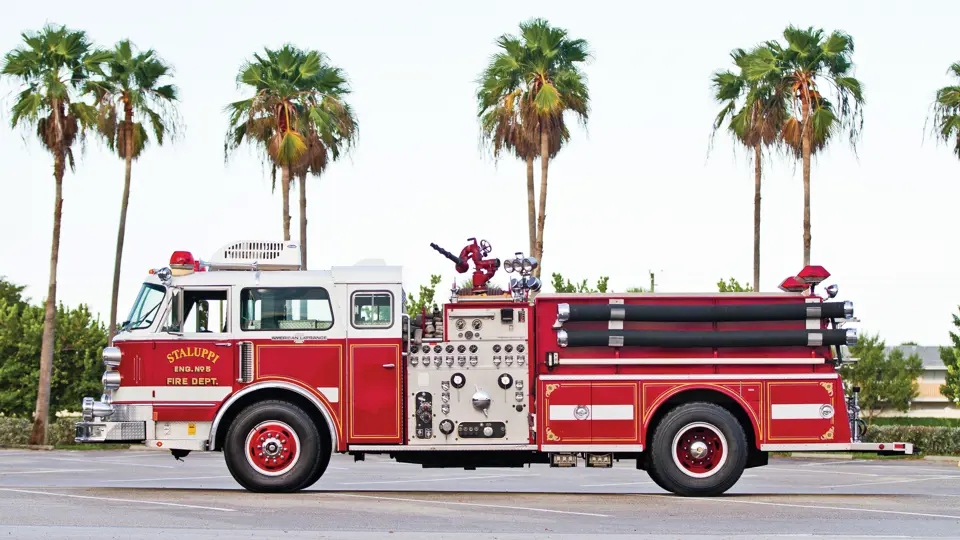

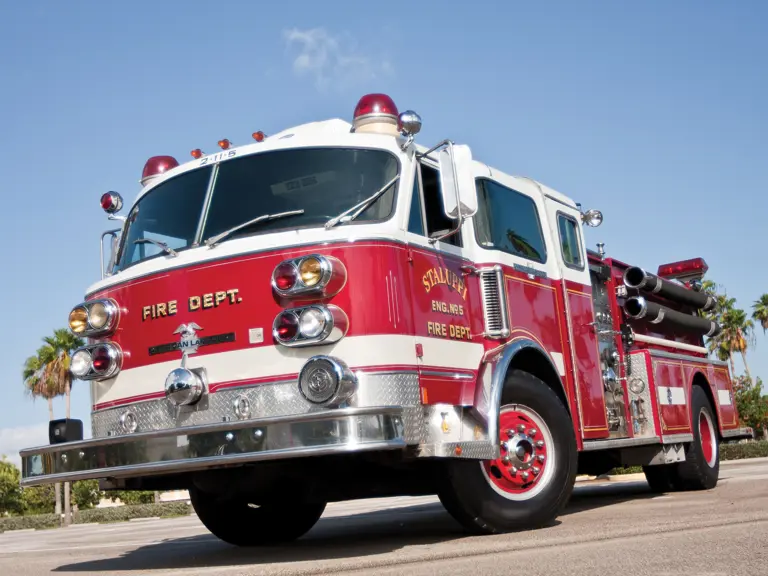
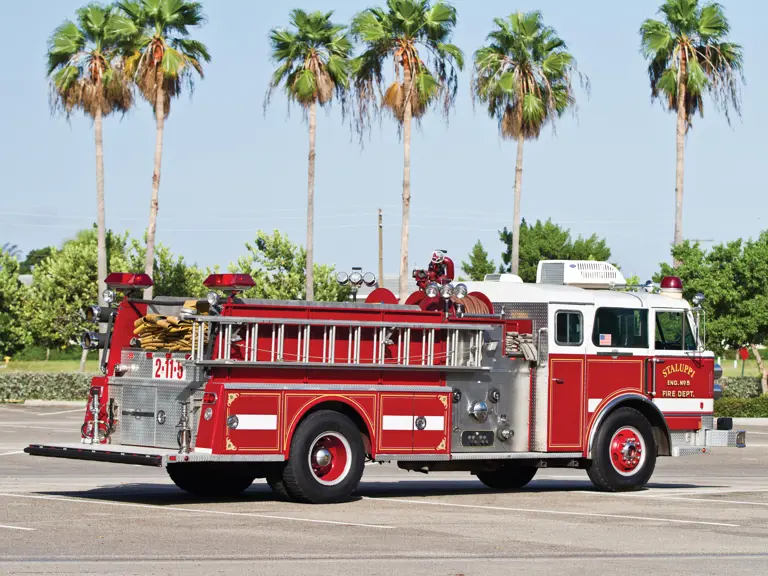
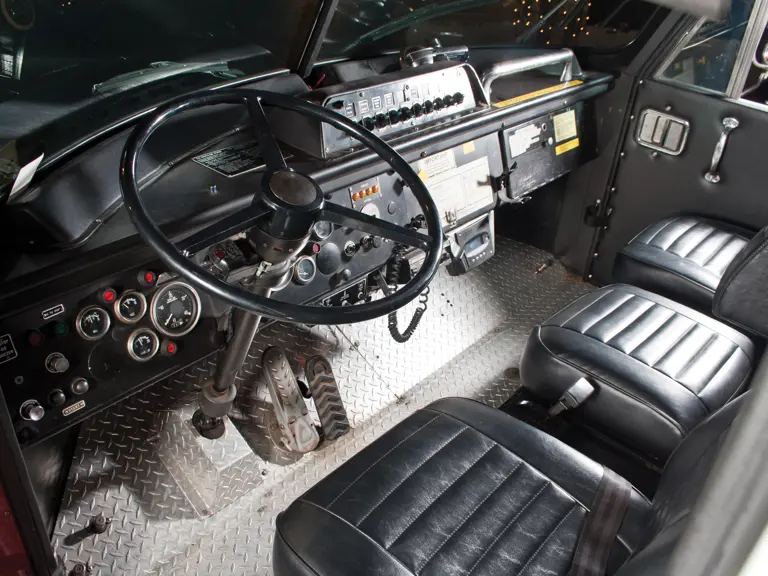
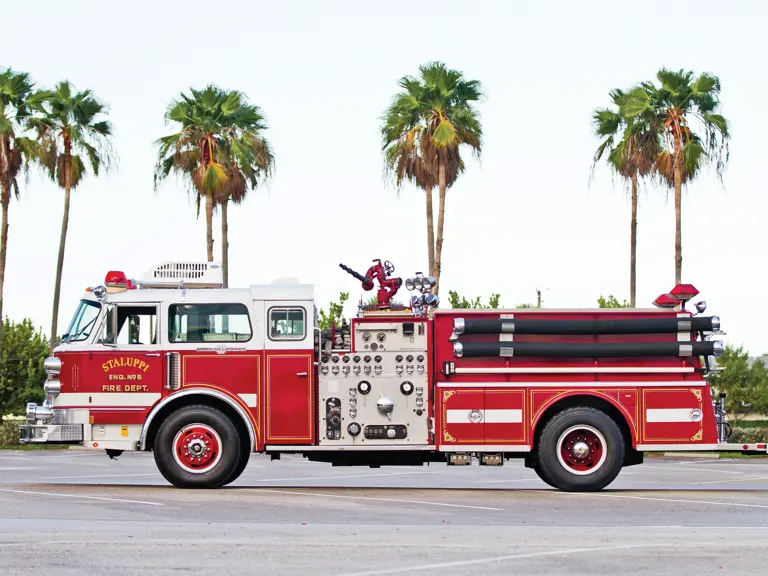
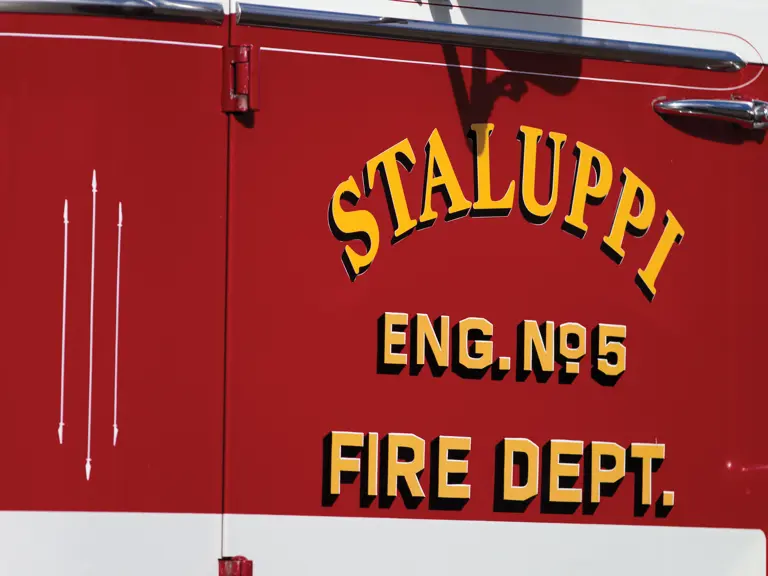
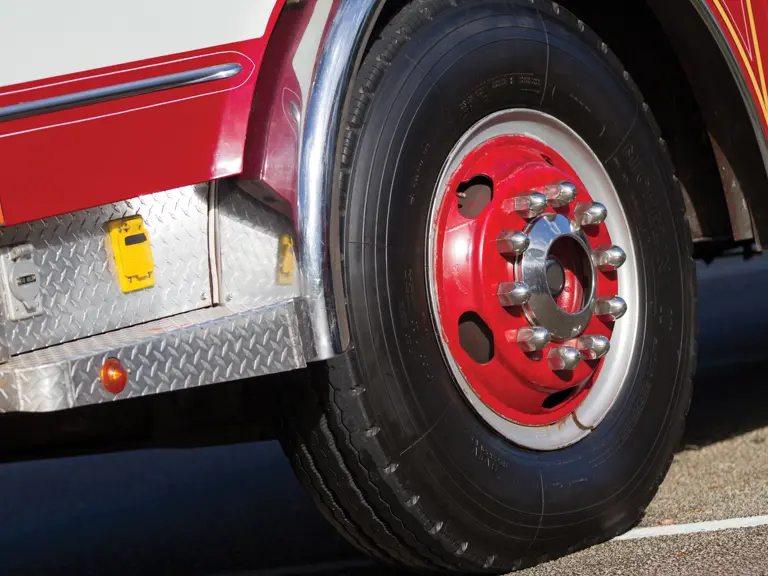
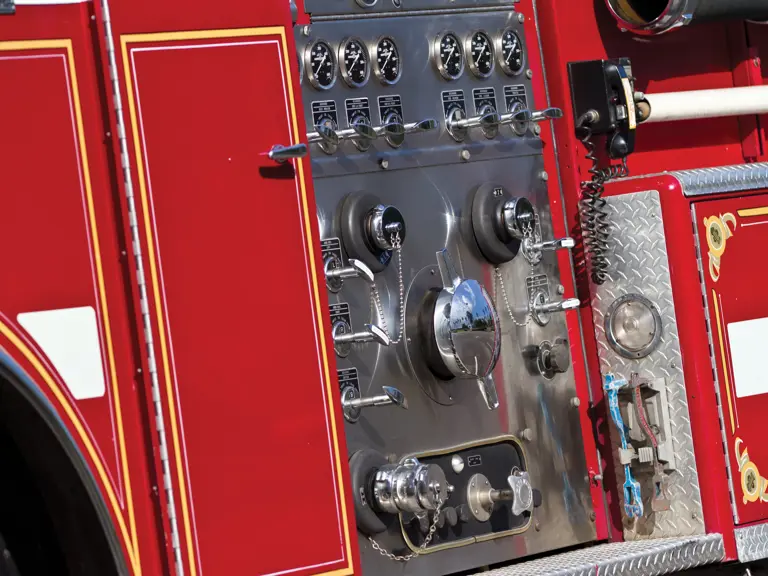
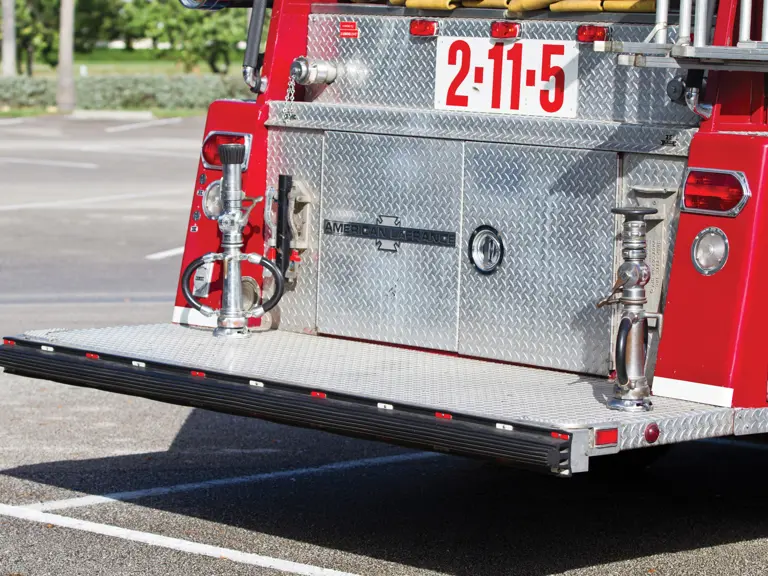
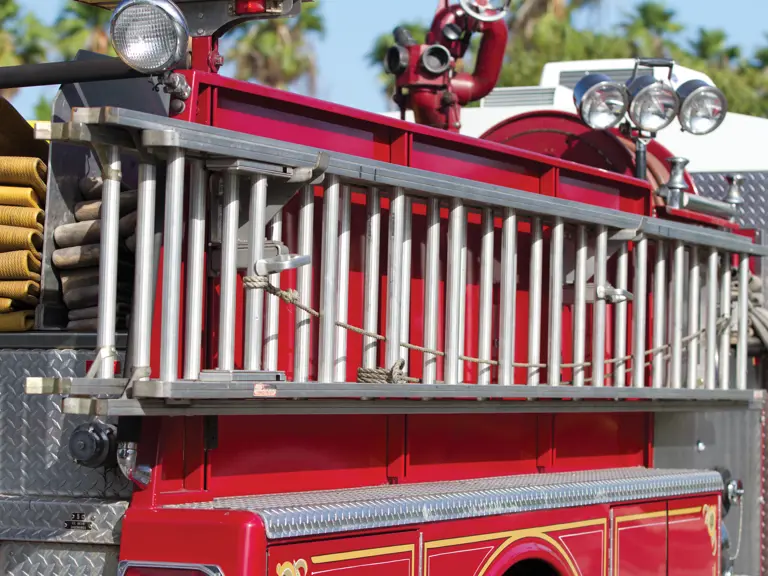

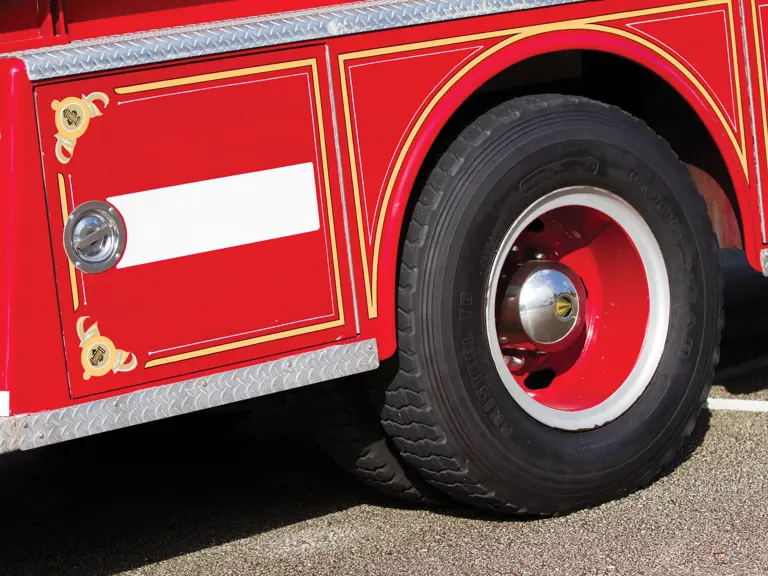
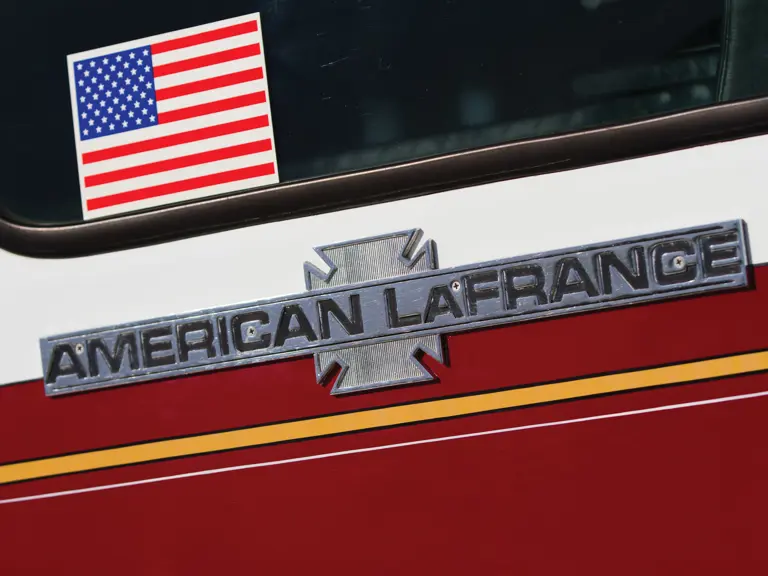
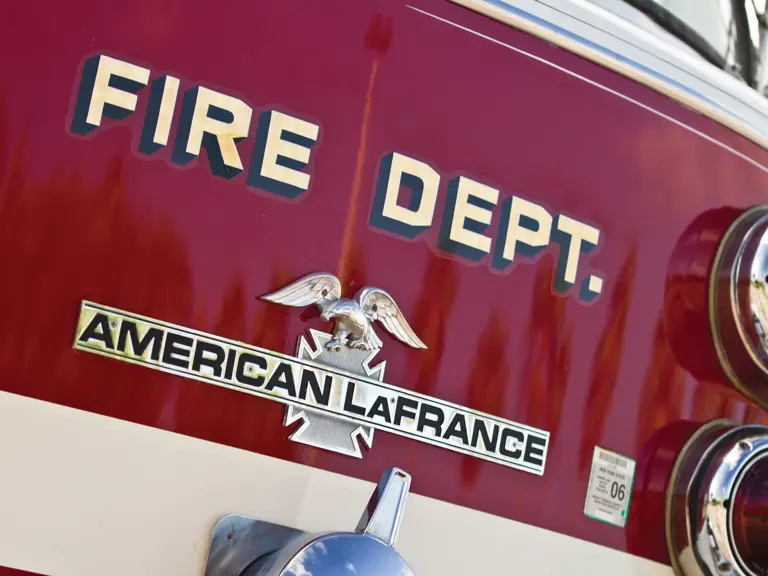
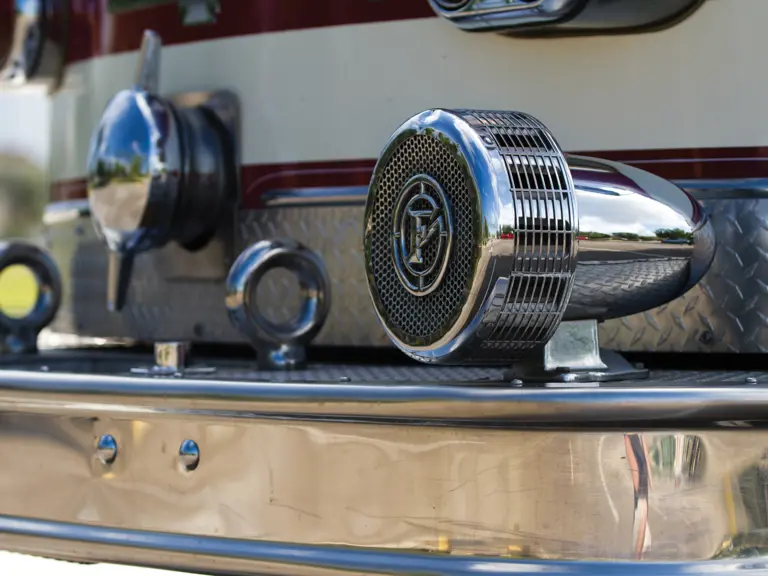
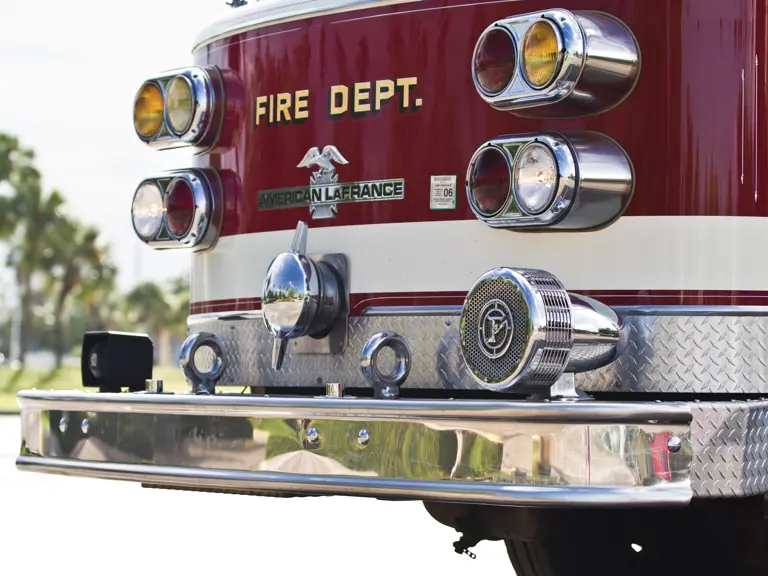
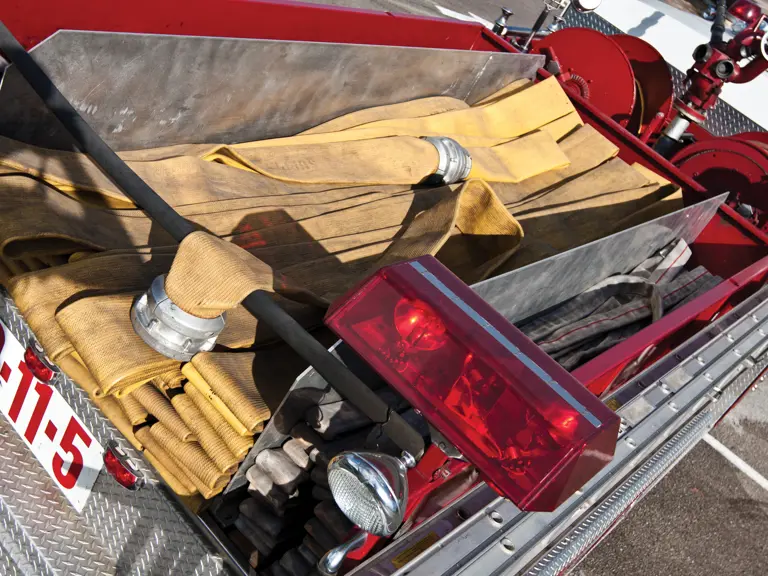
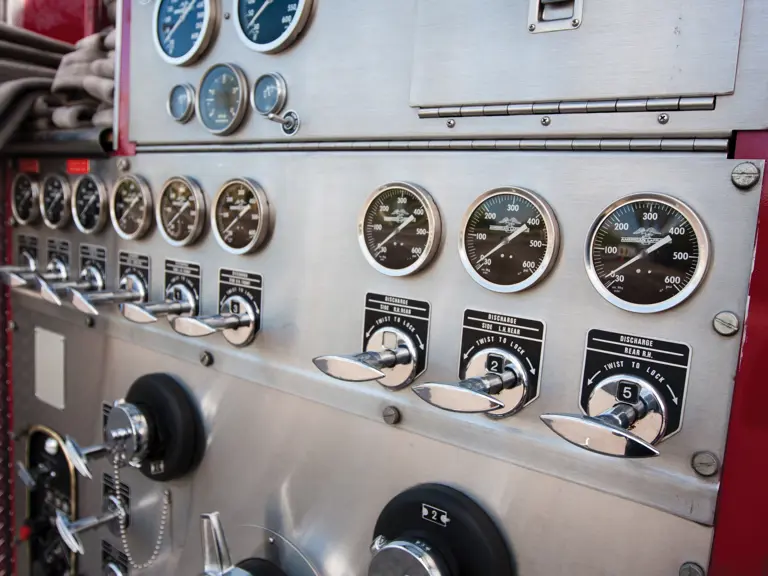
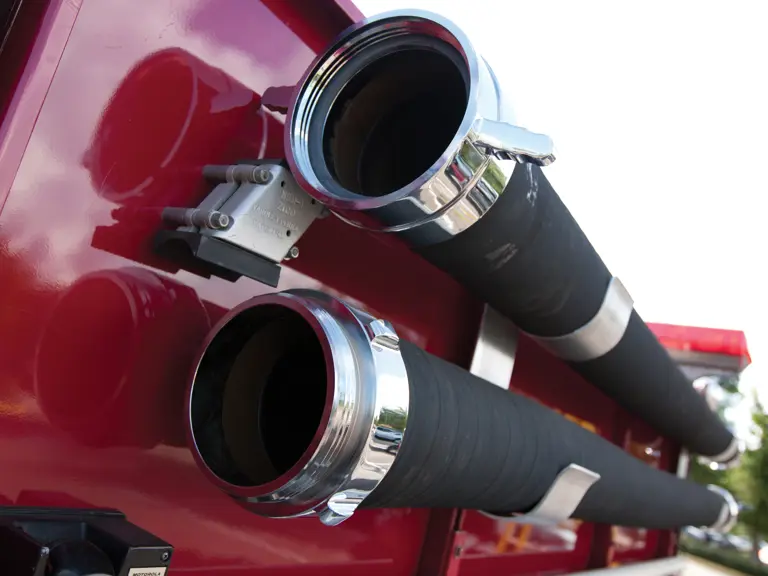

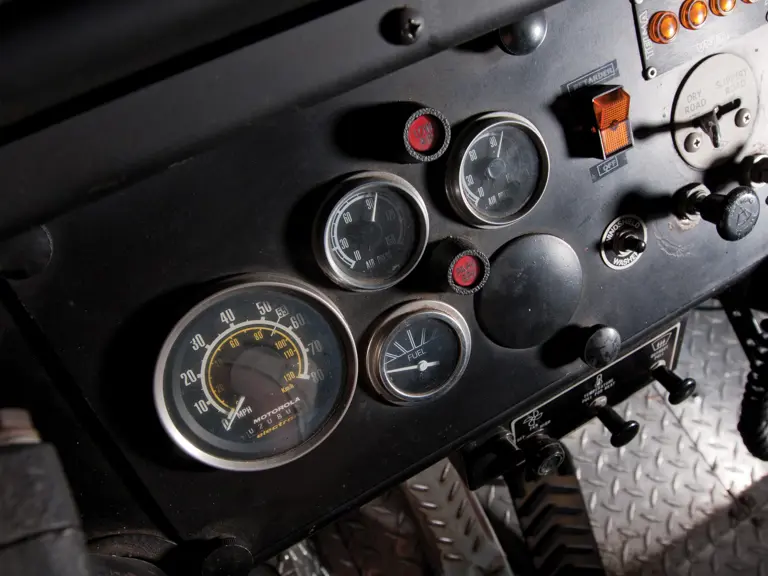
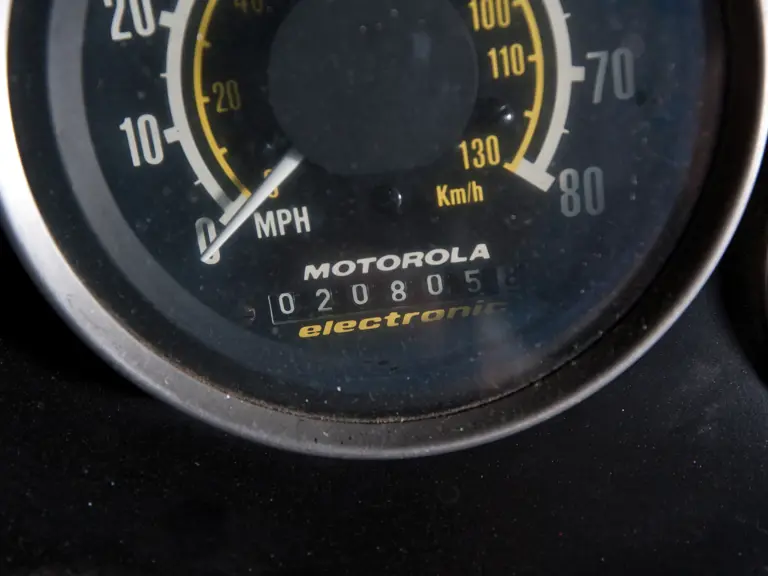
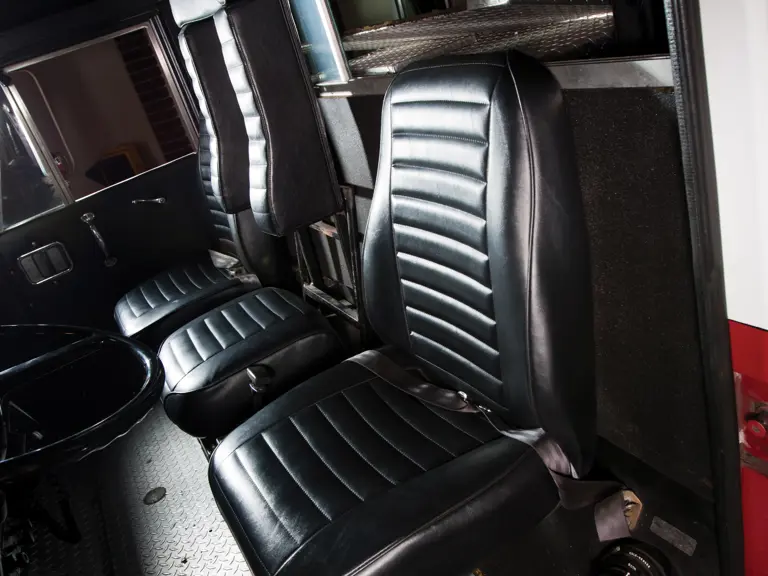
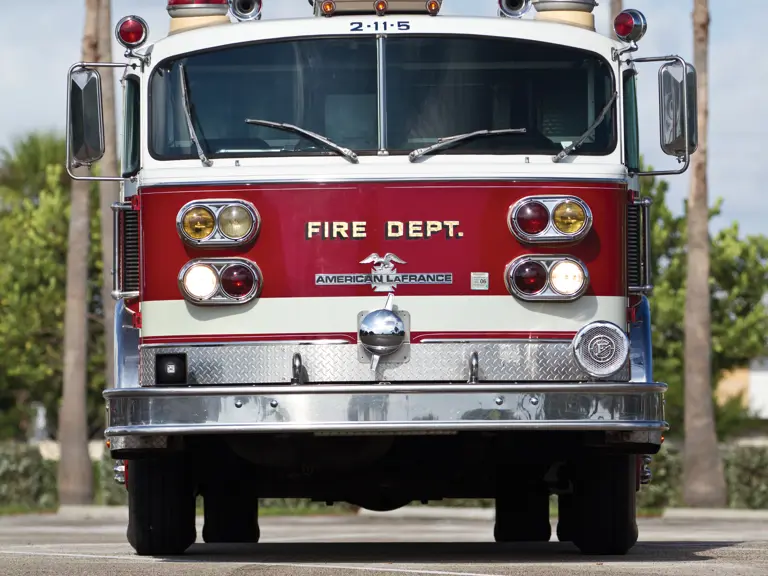

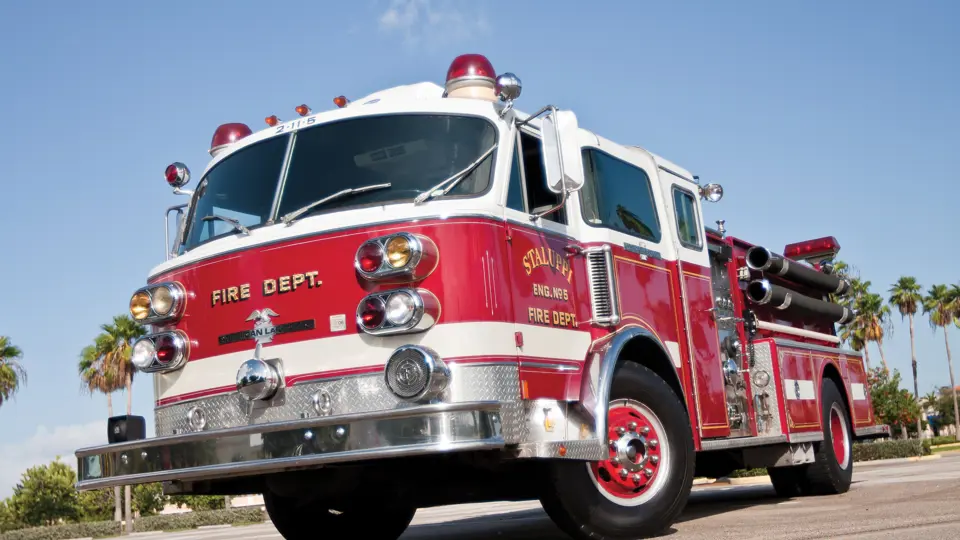
 | North Palm Beach, Florida
| North Palm Beach, Florida
